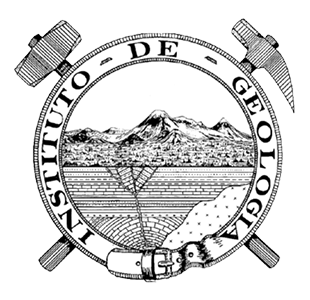Abstract
The present study documents the presence of a residual latent combustion (RLC) phenomenon reported on April 30, 2022, at the Quinceo volcano, Morelia. To identify the diffuse gases emanated, on May 14, measurements of the flows and concentrations of methane (CH4), carbon dioxide (CO2), and hydrogen sulfide (H2S) were made at 25 sites with the gas accumulation chamber. Additionally, the carbon monoxide (CO), ammonia (NH3), and oxygen (O2) concentrations were determined in those same sites with an ALTAIR 5X multigas detector, and the subsoil temperature (15 cm deep) was measured using a thermocouple. The results showed that the highest temperatures recorded in the subsoil were up to 341 °C, where it was not possible to determine the flows due to the instability of the equipment due to the high temperature. The correlation coefficient calculation showed a positive relationship between the temperature and the concentration of H2S, CH4, and NH3. The low flow of methane and the lower explosive limit (LEL) not detected in most of the measured sites indicate a low risk of explosion. However, there is an area where conditions such as high temperatures in the subsoil, high gas flows, high concentrations of CH4 and O2, and an LEL between 7 to 10% converge, which indicates a highly focused risk of explosion. The evaluation of the risk of an explosion in the area due to the failure of the natural gas pipeline located a few meters from the RLC area estimated that it could cause damage up to a distance of 250 m. Additionally, the high levels of methane in this area represent an important source of greenhouse gas production. It is possible that this phenomenon (RLC) was caused by a forest fire reported on April 30, whose desertification conditions of the place such as the type of soil (Feozem, rich in organic matter) and environmental conditions (maximum temperatures for the month of May 31 °C), the risks of a pipeline explosion increase.

This work is licensed under a Creative Commons Attribution-NonCommercial 4.0 International License.
Copyright (c) 2023 Revista Mexicana de Ciencias Geológicas












